Nearly half of cancer patients suffer circadian rhythm disruptions during chemotherapy, worsening side effects.


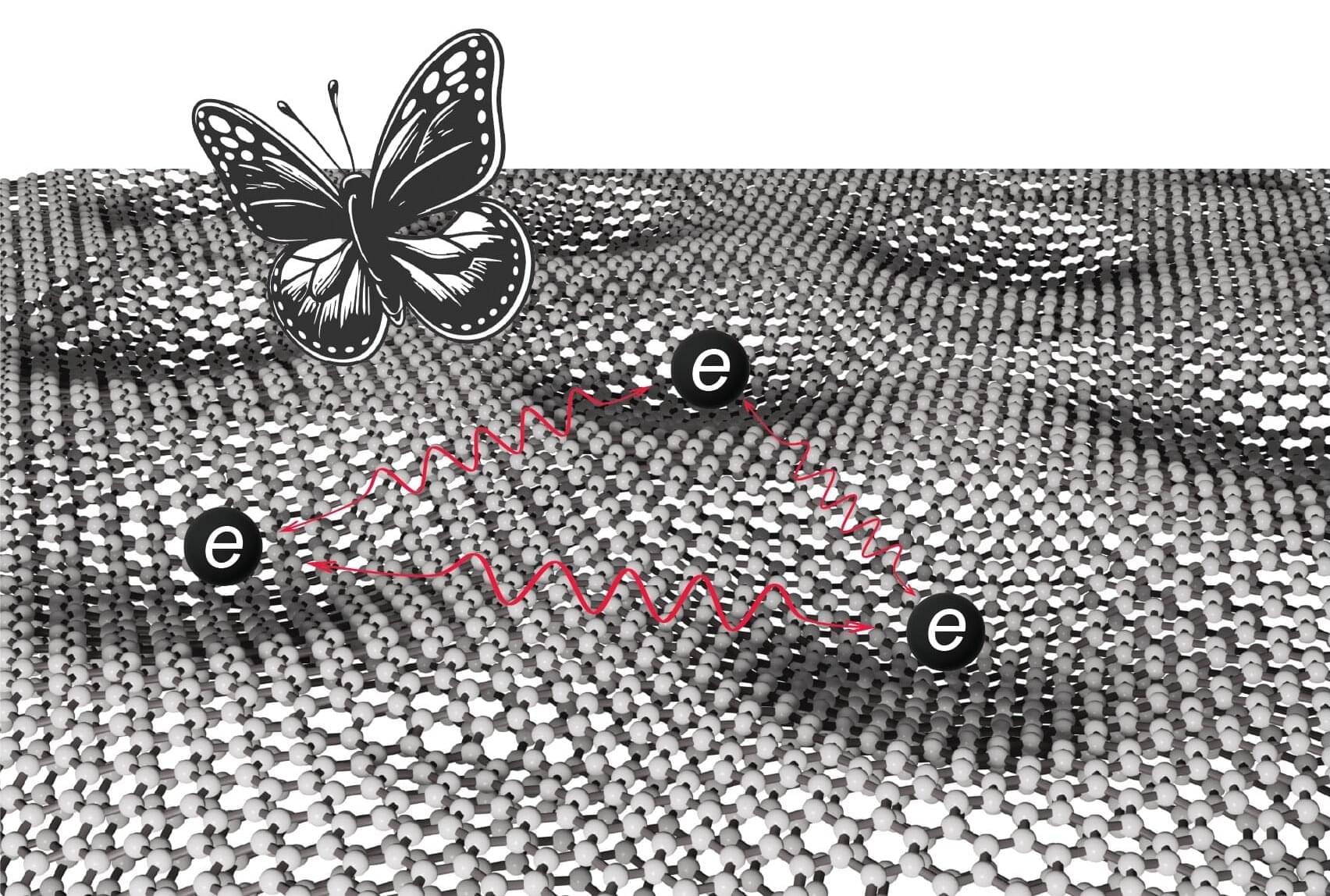
Magic-angle twisted bilayer graphene (MATBG) is a material created by stacking two sheets of graphene onto each other, with a small twist angle of about 1.1°. At this “magic angle,” electrons move very slowly, which can lead to the emergence of highly correlated electron states.
Due to its unique properties and characteristics, MATBG has become the focus of numerous studies rooted in physics and materials science. Some physicists discovered that when an external magnetic field is applied to MATBG, the flat energy bands in the material transform into a fractal-like energy pattern known as a Hofstadter spectrum.
Researchers at University of Washington, Florida State University and other institutes recently carried out a study aimed at further investigating the emergence of these energy patterns in ultraclean MATBG.

A paper in Molecular Biology and Evolution finds that the relatively high rate of autism-spectrum disorders in humans is likely due to how humans evolved in the past. The paper is titled “A general principle of neuronal evolution reveals a human accelerated neuron type potentially underlying the high prevalence of autism in humans.”
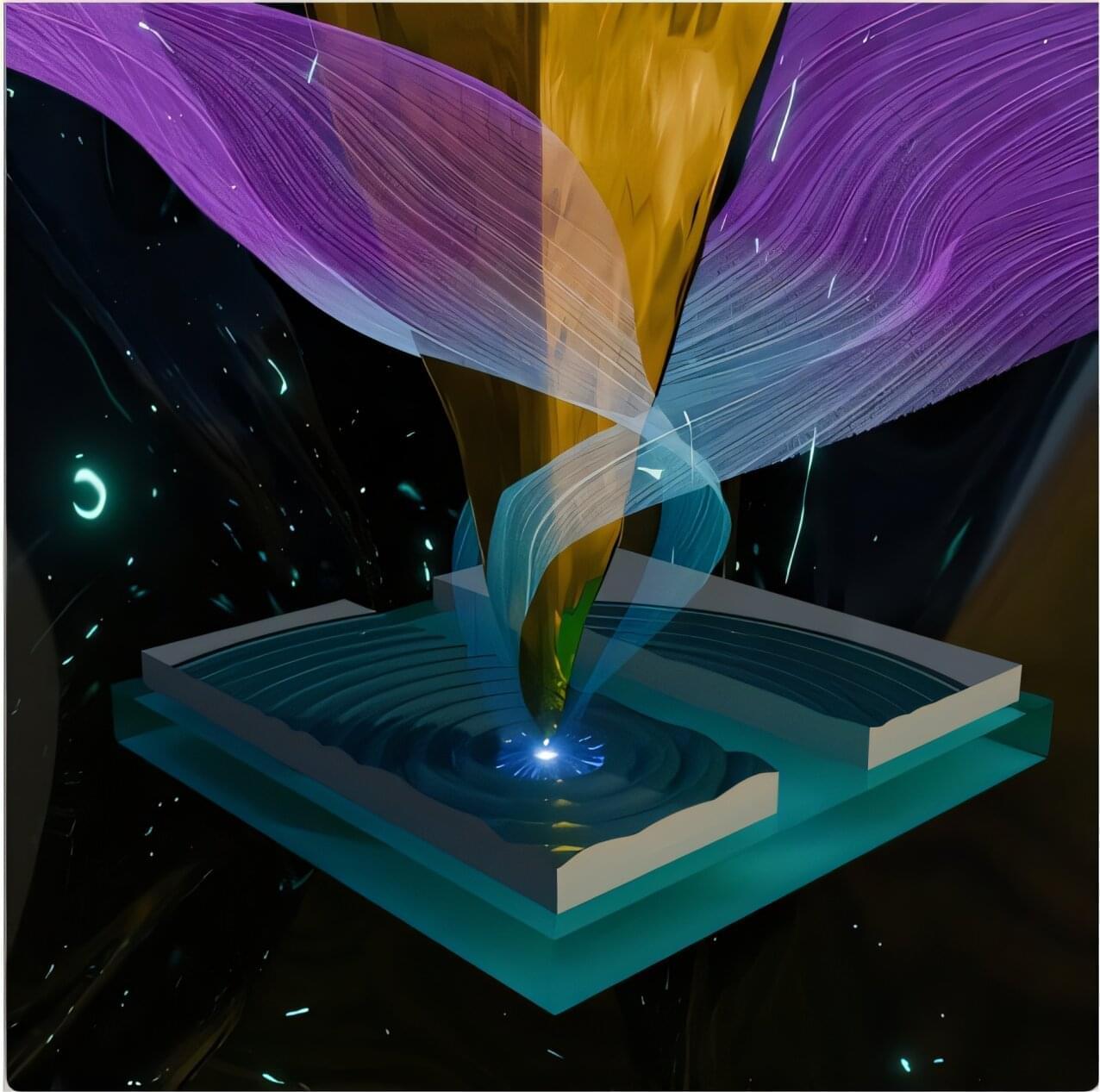
In a breakthrough for next-generation technologies, scientists have learned how to precisely control the behavior of tiny waves of light and electrons, paving the way for faster communications and quantum devices.
Controlling light at the smallest scales is crucial for creating incredibly small, fast and efficient devices. Instead of bulky wires and circuits, we can use light to transmit information. One challenge of this approach is that light, with its relatively large wavelength, is not easily confined to small spaces.
However, in a study published in the journal Light: Science & Applications, researchers have developed a method to control tiny waves of light and electrons called Dirac plasmon polaritons (DPPs).

Using ESA’s INTEGRAL spacecraft, astronomers have detected exceptionally bright X-ray flares from the Cygnus X-1 X-ray binary system. This is the first time that such strong flaring activity has been observed in this system although it has been monitored for decades. The new findings were detailed in a paper published August 28 on the pre-print server arXiv.

The constant scaling of AI applications and other digital technologies across industries is beginning to tax the energy grid due to its intensive energy consumption. Digital computing’s energy and latency demands will likely continue to rise, challenging their sustainability.
Unsurprisingly, the reliance on these technologies in our modern world has researchers scrambling to produce more energy-efficient ways to move forward—and Microsoft might be ahead of the game. Microsoft’s researchers, along with a team from Cambridge University, have developed a new analog optical computer (AOC) that has the potential to give AI, as well as combinatorial optimization, a much needed boost in efficiency.
The AOC prototype is described in a recent study by the group that was published in Nature. The group combined analog electronics and microLED arrays, spatial light modulators, and photodetector arrays to accelerate both AI inference and combinatorial optimization on a single platform.

A team of scientists from China and the U.S. is pioneering the development of bubble-powered robots, which could one day replace needles for painless drug delivery into the body. Inspired by nature, the researchers developed a new technique that harnesses the energy released by a collapsing bubble in a liquid, a process known as cavitation.
The natural world has evolved ingenious ways to exploit cavitation for movement. For example, ferns use it within specialized cells in their sporangia to catapult spores, and mantis shrimps snap their appendages with such force that the resulting bubbles collapse with enough energy to stun their prey.
In their study, published in the journal Science, the team details how they used cavitation as a propulsion system for tiny robots. They built millimeter-sized robots, called “jumpers,” out of titanium dioxide, polypyrrole and titanium carbide that heated up quickly when hit by a laser.
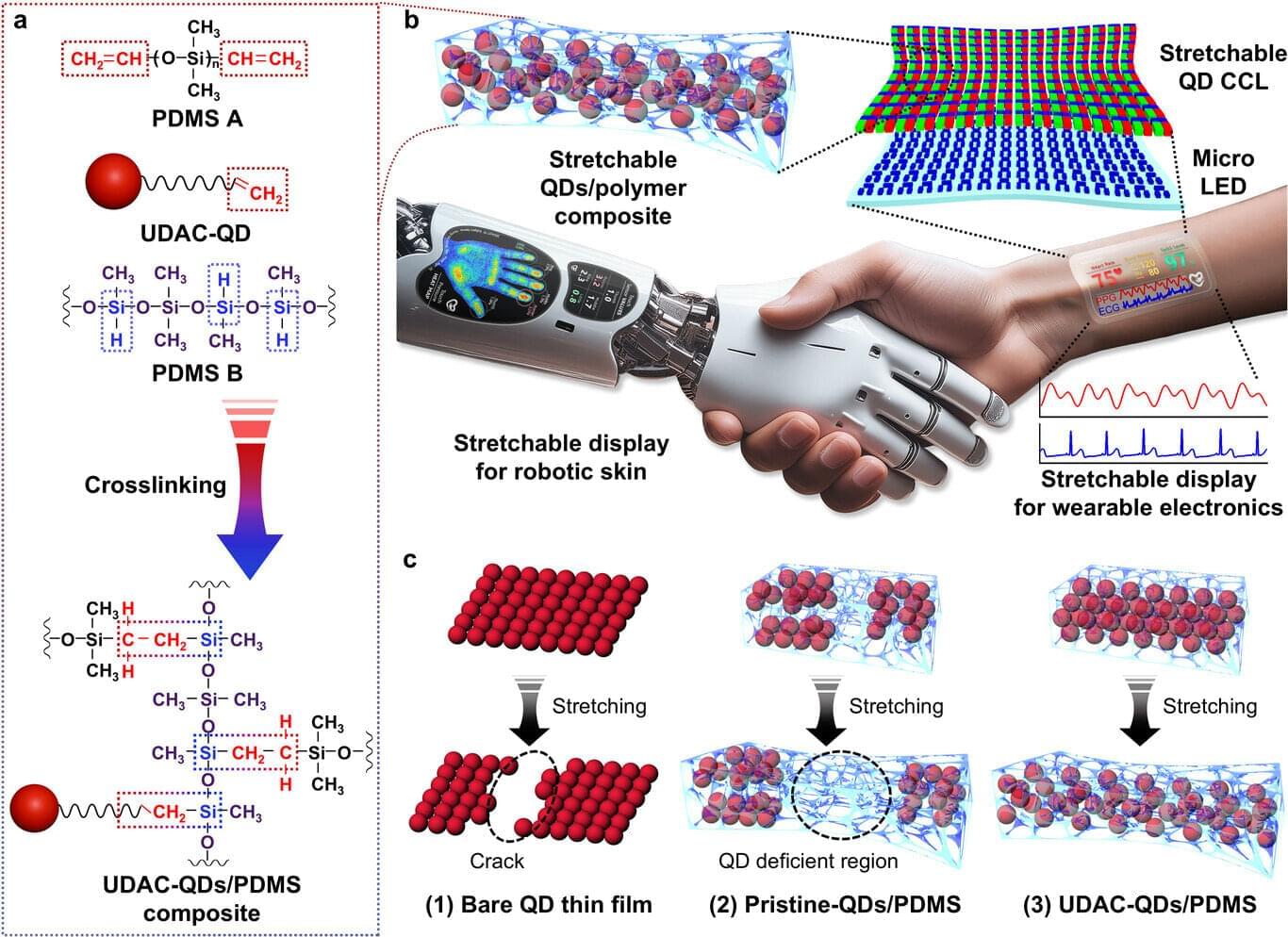
A research team has developed a next-generation display core material with excellent stretchability and superior color reproduction. The team developed a high-performance color-conversion layer that is more flexible and vivid than conventional ones. This layer was successfully applied to the development of a stretchable micro-LED display, drawing significant attention.
The paper is published in the journal Advanced Materials. The team was led by Professor Jiwoong Yang in the Department of Energy Science and Engineering at DGIST and included Professor Moonkee Choi and Professor Jongnam Park of UNIST and Professor Daehyeong Kim of Seoul National University.
Professor Yang’s team has recently developed, for the first time in the world, a new technology that enables the direct linkage of quantum dots, which are emerging as next-generation display materials, with stretchable polymers that can stretch like rubber.
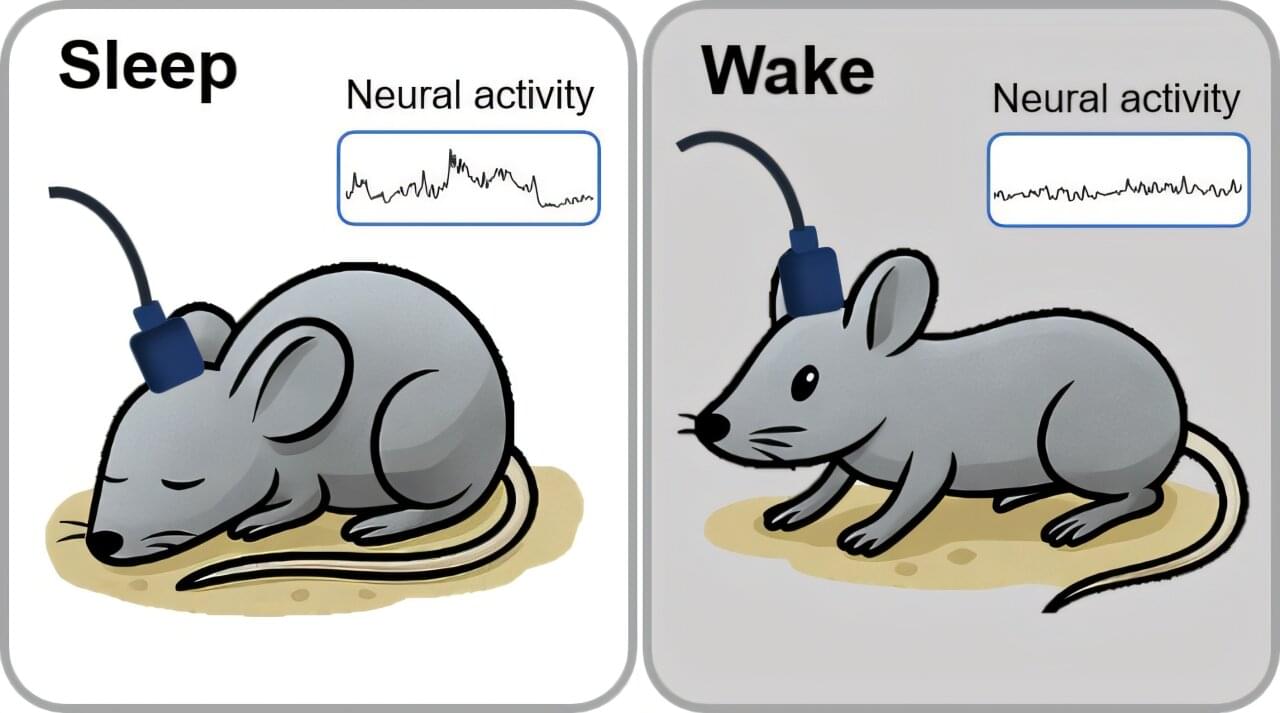
As every bodybuilder knows, a deep, restful sleep boosts levels of growth hormone to build strong muscle and bone and burn fat. And as every teenager should know, they won’t reach their full height potential without adequate growth hormone from a full night’s sleep.
But why lack of sleep —in particular the early, deep phase called non-REM sleep—lowers levels of growth hormone has been a mystery.
In a study published in Cell, researchers from University of California, Berkeley, dissect the brain circuits that control growth hormone release during sleep and report a novel feedback mechanism in the brain that keeps growth hormone levels finely balanced.
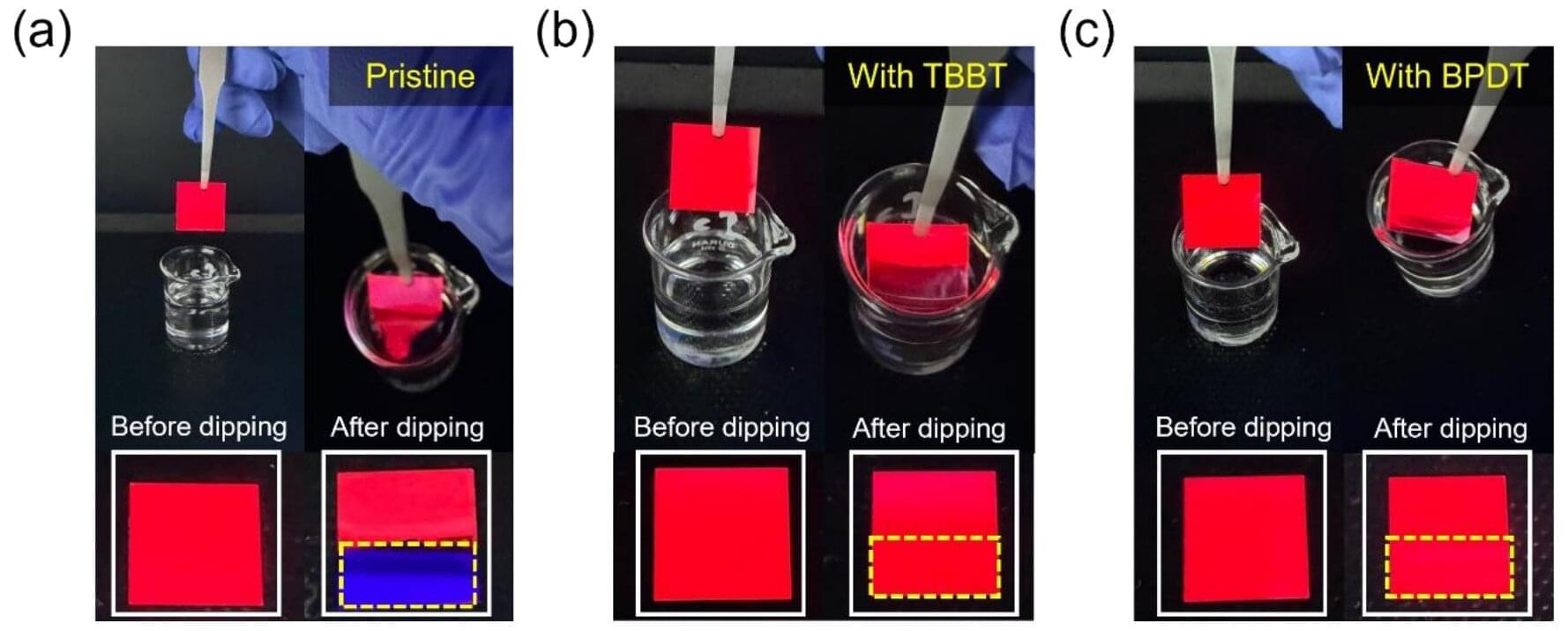
A research team has developed a direct optical lithography (DOL) technology that patterns quantum dots (QDs) at ultra-high resolution using only light, without photoresist. Through this, they also provided guidelines for selecting cross-linkers essential for fabricating high-performance QLEDs. This achievement is regarded as a core fundamental technology that can be applied to a wide range of optoelectronic devices, including micro-QLEDs, ultra-high-resolution displays, transparent electronic devices, and next-generation image sensors.